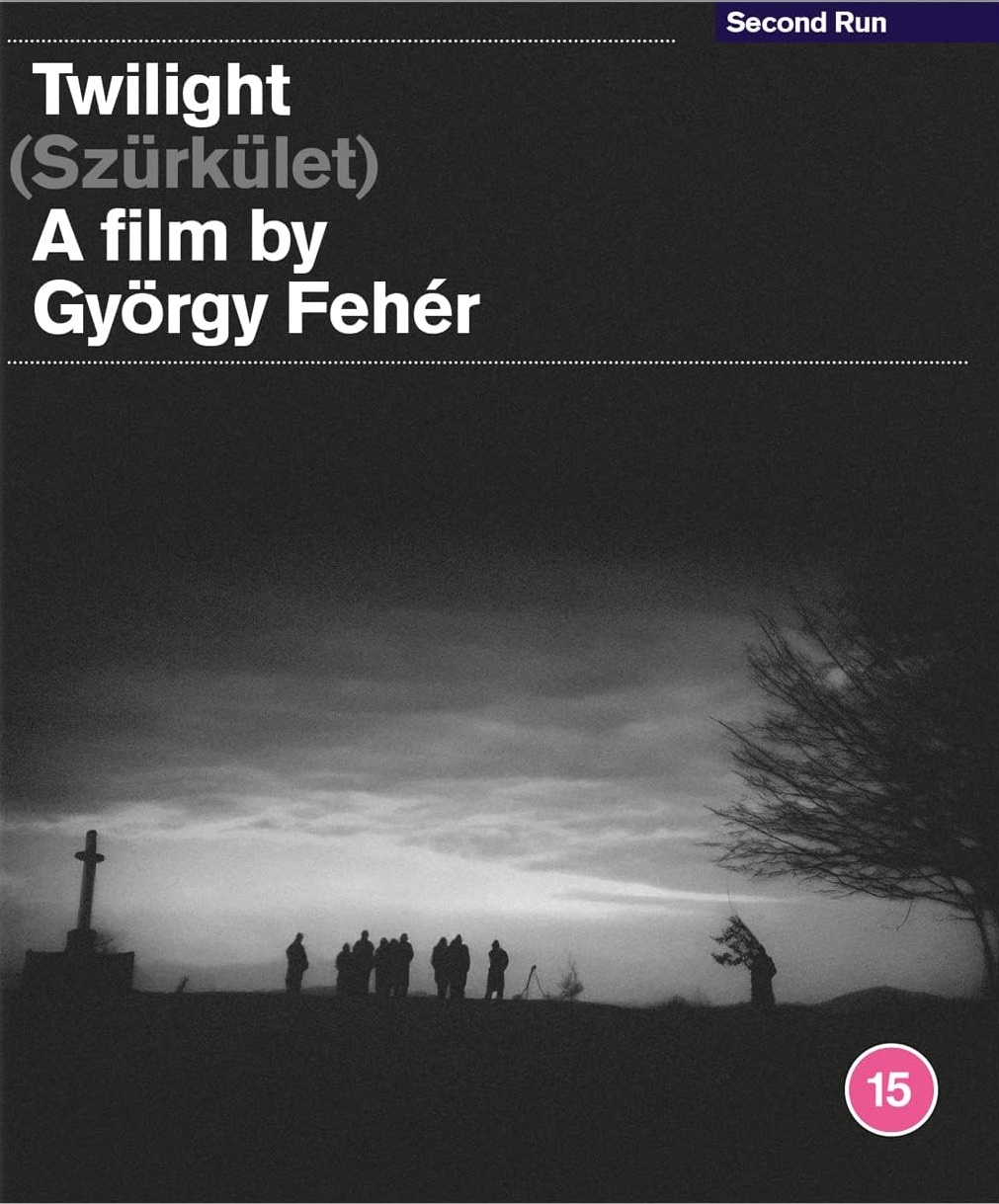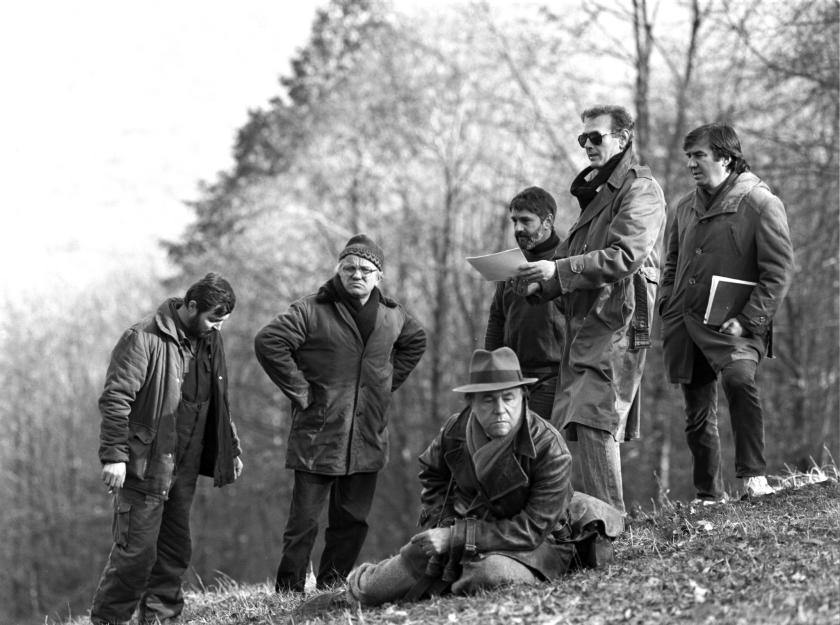Early editions of Swiss novelist Friedrich Dürrenmatt's 1958 novel The Pledge carried the subtitle “Requiem for the Detective Novel”, the writer’s point being that murder cases can take years to solve (if at all) and that those doing the investigating make mistakes. The story has been filmed several times before, Sean Penn’s starrily-cast version (released in 2001 with a weather-beaten Jack Nicholson in one of his last decent roles) the best known.
Hungarian director György Fehér’s Szürkület (Twilight) is radically different in tone, a requiem for the crime thriller which unfolds at a daringly slow pace against a bleak, monochrome backdrop. The titular pledge is the one made by an unnamed detective (Péter Haumann) to catch the killer of a young girl, a quest which continues to obsess him into retirement.
 Fehér sets his adaptation in rural post-war Hungary, cinematographer Miklós Gurbán’s foggy landscapes and dusty interiors showing us more shades of grey than you’d think could exist, composer László Vidovszky’s brilliantly effective score made up of low frequency rumblings and mournful chords. Fehér and Gurbán fill Twilight with long, near-static takes, the camera slowly panning across dense forests and bleak fells. The slowness, the oppressiveness is what makes the Twilight work; once you’re sucked in, it’s difficult to turn away. Halfway through, a suspect is captured and clumsily questioned. Gurbán’s camera is as interested in the police station’s peeling plaster and battered furniture as it is on Gyula Pauer’s unfortunate travelling salesman, soon to meet a violent end offscreen. A brief glimpse of a crowd, huddled outside like a lynch mob, hints at how much the crime has affected the wider community, but Twilight quickly returns to being an extended chamber piece. Haumann’s quiet, unhurried dignity is a constant, and Fehér secures winning performances from two young girls. Near the close, there’s a fleeting suggestion that the killer is about to be apprehended, a vindication of Haumann’s dogged persistence.
Fehér sets his adaptation in rural post-war Hungary, cinematographer Miklós Gurbán’s foggy landscapes and dusty interiors showing us more shades of grey than you’d think could exist, composer László Vidovszky’s brilliantly effective score made up of low frequency rumblings and mournful chords. Fehér and Gurbán fill Twilight with long, near-static takes, the camera slowly panning across dense forests and bleak fells. The slowness, the oppressiveness is what makes the Twilight work; once you’re sucked in, it’s difficult to turn away. Halfway through, a suspect is captured and clumsily questioned. Gurbán’s camera is as interested in the police station’s peeling plaster and battered furniture as it is on Gyula Pauer’s unfortunate travelling salesman, soon to meet a violent end offscreen. A brief glimpse of a crowd, huddled outside like a lynch mob, hints at how much the crime has affected the wider community, but Twilight quickly returns to being an extended chamber piece. Haumann’s quiet, unhurried dignity is a constant, and Fehér secures winning performances from two young girls. Near the close, there’s a fleeting suggestion that the killer is about to be apprehended, a vindication of Haumann’s dogged persistence.
Describing Twilight without making it sound dull is near-impossible, and just one sequence depicting Haumann driving moves at a real lick, the camera perched on the front seat of his car as he careers along a narrow country road. Shot over five months in the Nógrád region near the Hungary/Slovakia border, the sense of place is overwhelming.
That Twilight has appeared on disc at all, 33 years after its limited release, feels miraculous, and Stanley Schtinter’s booklet essay hints at the rights issues which hampered the film’s eventual restoration and reappearance. Second Run's bonus interviews include appreciations by the Quay Brothers and Peter Strickland, all three recalling experiencing Twilight on murky DVDs using grainy VHS copies and expressing relief at this disc’s appearance.















Add comment